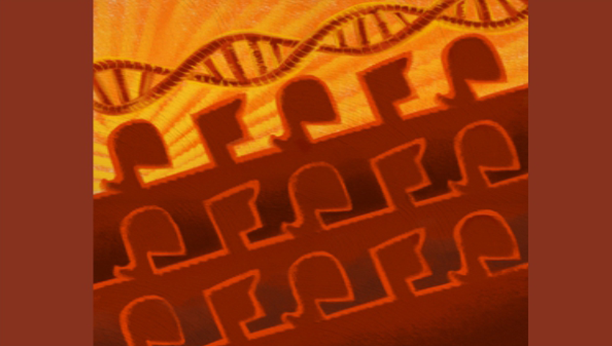
Changing business processes creates new organisational rituals, which leads to a changed culture. The exciting result of this approach is to create the ultimate, self-perpetuating business process design.
Log In or become an AIMA member to read more articles
